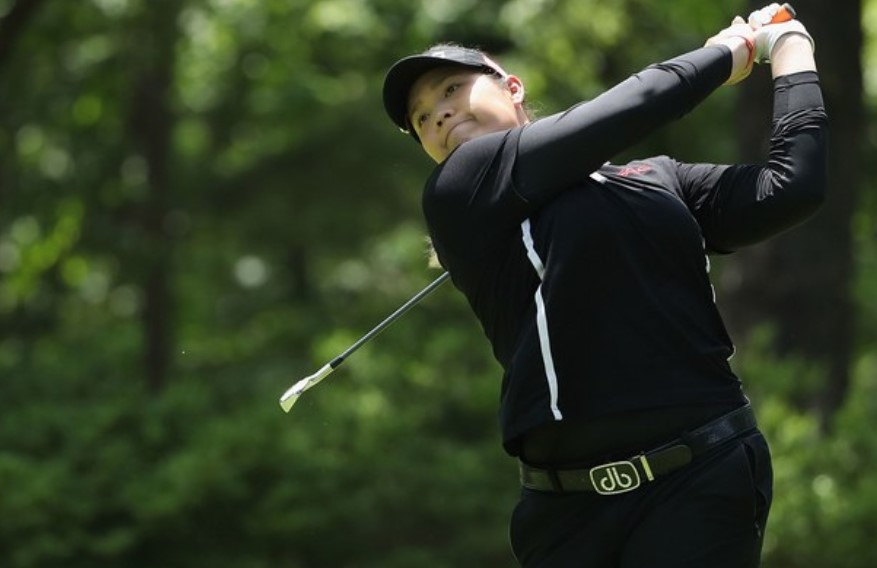In the game of golf, many players focus on building power for their tee shots or iron shots. Yet the reality is that most scores are determined on the green through putting. That’s why understanding and mastering the technique of putting should be a priority in both practice and strategy.
Putting is not just the final shot—it is an art form that combines technique, equipment, intuition, and mental composure. In many cases, a player wins not because they have the longest drives, but because of their exceptional putting skills.
For anyone who wants to grow into a true golfer, mastering putting is a must. Spend more time practicing this technique, learn to read the contours of the green, and keep your mind focused every time you stand over the ball with a putter in hand. Here’s a more complete explanation from GoGolf.
A Deeper Understanding of What Putting Is in Golf
In the sport of golf, each shot plays a strategic role in guiding the ball to the hole in as few strokes as possible.
Putting refers to the final or short stroke performed on the green, aimed at rolling the ball directly into the hole. This stroke is executed using a special club known as a putter.
It is one of the most crucial techniques in golf—a short shot performed on the smooth surface of the green, typically serving as the final shot to complete a hole. Although it may look simple, putting often becomes the main decider in the game—both for beginners and professionals.

Characteristics of Putting: A Short Stroke Requiring High Precision
Putting has unique characteristics compared to other types of golf shots. Performed on the green’s very fine, flat grass surface, the aim is to roll the ball into the hole, not to lift it into the air. As a result, both the equipment and the technique are highly specific.
The putting stroke uses a special golf club called a putter, which has a flat striking face. Unlike irons or woods designed to launch the ball into the air, the putter is crafted to keep the ball rolling on the ground. This makes putting the only stroke that relies entirely on the ball’s contact with the green from start to finish.
Key traits of putting include:
- Location: Exclusively performed on the green.
- Equipment: Uses a putter, which comes in various designs and weights to suit different styles.
- Stroke style: Short, light, and highly controlled.
- Main goal: Direct the ball into the hole with a precise stroke.
Though it sounds simple, putting is the most frequently performed shot in a round of golf and is one of the most challenging both technically and mentally.
The Purpose of Putting: Finishing the Hole with Precision
The main goal of putting is to complete the play on a hole by getting the ball into the cup. But beyond just being the “final stroke,” putting is also a reflection of accuracy, focus, and the skill of reading the course. This shot is not about power, but about intuition, rhythm, and delicate touch.
Some key purposes of putting include:
- Completing the Hole: Putting directly determines whether you finish the hole with a good score or lose a chance at birdie or par. Precision is the primary factor in every putting stroke.
- Controlling Distance and Direction: In putting, the player must control how far the ball rolls and in which direction, anticipating the slope of the green. Managing distance and direction is a skill that needs constant refinement.
- Avoiding Overhit or Underhit: A common mistake in putting is hitting the ball too hard (overhit), sending it past the hole, or too softly (underhit), stopping it short. Both can significantly harm your total score.
- Reading Green Contours (Breaks): Every green has unique shapes and slopes. A skilled putter will be able to read the “break”—the way the ball will curve, affected by gravity and surface topography.
In short, putting is about final strategy and often decides success in competition. Even professional players frequently win or lose purely based on their putting ability.
Unlock golf’s best deals—download GoGolf today!
Basic Putting Technique: The Foundation of Accurate Strokes
The fundamentals of putting technique are crucial, especially for those new to golf. This stroke requires consistency, balance, and controlled movement. Even small mistakes in body position or hand motion can send the ball off target.
Here are the core elements of putting technique:
- Ball Position: Place the ball in the center of your stance or slightly forward, depending on preference. Proper ball placement ensures direct contact between the putter face and the ball.
- Hand and Eye Position: Your hands should be above the ball, aligned with your shoulders. Your eyes should be directly over or just behind the ball, so your view down the putting line stays straight and steady.
- Grip and Stroke: Hold the putter firmly but not too tightly, to prevent excessive rotation during the stroke. The movement should resemble a pendulum, keeping the wrists firm and using the shoulders to swing.
- Follow-Through: The follow-through after striking the ball should be short and stable. This helps maintain consistent speed and direction.
Regularly practicing these basics is key to becoming a competent golfer in putting. Many players spend more time on the putting green than at the driving range, realizing just how essential mastering this skill is.
Essential Putting Skills: More Than Just Technique
Mastering putting is not only about the stroke. It also demands additional skills that blend the ability to read terrain, control distance, and maintain mental calm. These skills develop through consistent practice and deep understanding of course conditions.
Here are three critical skills to build in putting:
1. Green Reading
The ability to read the green surface is vital. This includes understanding the direction of the slope, the grass condition, and how quickly the ball will roll. Skilled players spend time studying the green, estimating the “break,” and picking the ideal line to sink the putt.
2. Distance Control
Judging stroke strength is a skill on its own. Too strong, and the ball passes the hole, creating a new challenge. Too weak, and it stops short. That’s why it’s important to practice your feel—your sensitivity to distance and force.
3. Mental Focus
Putting is heavily influenced by mental state. High pressure, especially in tournaments, can affect stroke performance. Focus, confidence, and calmness are the main foundations for putting well, particularly when everything rides on that final shot.
Combining all these skills allows a player to control each putt not just technically, but also psychologically and strategically.
By understanding the characteristics of putting, mastering the putting stroke, appreciating the nuances of green reading, and developing distance control and mental strength, players gain better command over their game scores. Putting is the crucial battlefield where one stroke can mean the difference between a birdie, par, or bogey.
For anyone looking to truly improve their golf game, learning putting is a must—not optional. Pay attention to the details, study the contours, practice your strokes—and enjoy every challenge this green stage has to offer.
[ Follow our social media Account: GoGolf Instagram | GoGolf Facebook | GoGolf X ]











